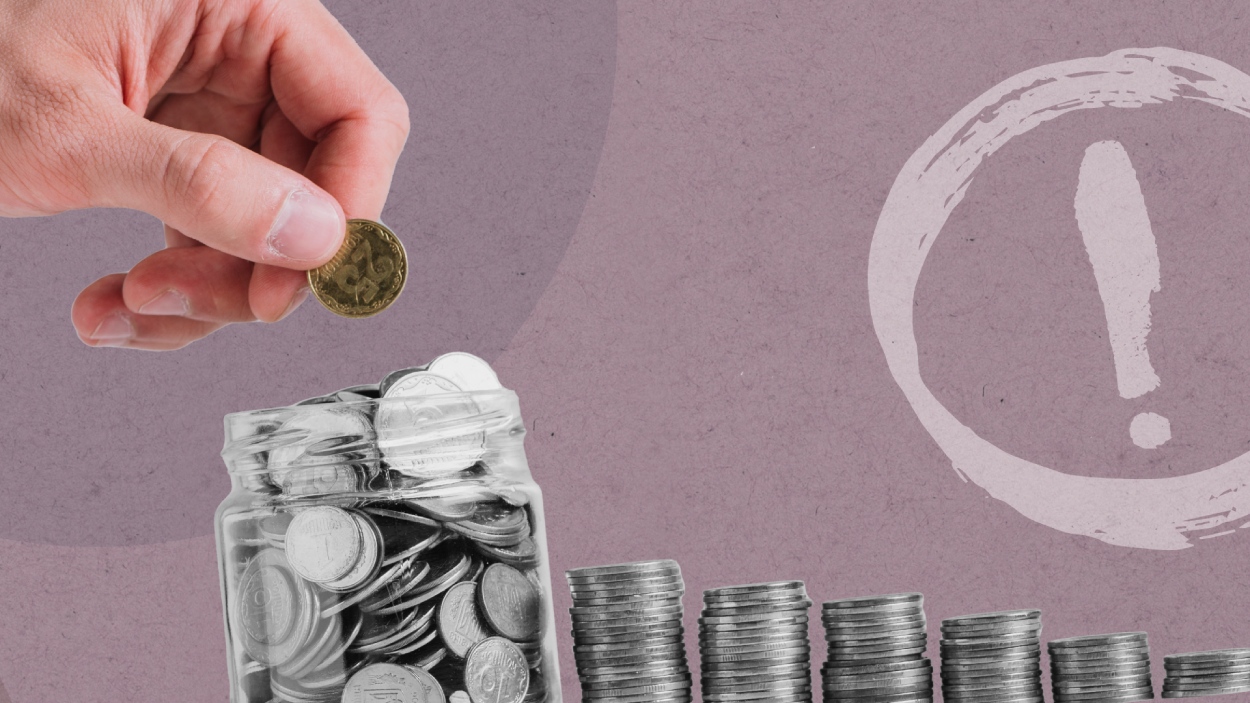Fixed deposits are one of the most traditional and popular investment options in India. Read on to find out what you should think about before investing in FDs.
As an Indian, you may be surprised to learn that in some countries, fixed deposit interest rates range from 0.5% to 2%. Fixed deposits in India currently earn interest rates ranging from 7 to 7.5% for terms ranging from 1 to 10 years. It’s no surprise that fixed deposits are one of the most popular and preferred investment options in the country. Aside from the high interest rates, the popularity of fixed deposit schemes stems from the FD’s secure nature. It includes a plethora of terms. You can choose a term as short as 7 days or as long as 10 years. Choose the bank that offers the highest interest rates when opening a fixed deposit account. However, the fixed deposit has some drawbacks. Premature withdrawals, for example, are either prohibited or subject to a penalty.
As a result, if you want to invest in fixed deposits, you should consider a few factors when comparing fixed deposit options available in the market.
How to invest in High Interest Fixed Deposit?
Following are some important tips that you should consider while investing your hard-earned funds in a high interest fixed deposit:
Compare different Banks
When you have extra money to invest, you should consider putting it into a high-interest fixed deposit. However, before investing funds in a fixed deposit, you should compare different banks’ fixed deposit interest rates. Look for a bank or financial institution that offers a high interest rate for the amount and duration of time that you want to invest.
Split your money
If you want to invest your hard-earned money in a fixed deposit, try to maximise your returns by spreading your funds across multiple banks. The advantage of spreading your funds across different banks is that if you need money right away for an emergency or personal reason, you won’t have to break the entire deposit. You can easily break the fixed deposit for the amount you require and pay the early termination penalty. This way, the interest on your other fixed deposits will continue to accrue.
Tax-saving FDs are a good option if you have the money to lock in for five years
You can avoid paying taxes on your fixed deposit earnings by investing in a tax-saving FD. A Tax Saver Fixed Deposit has a 5-year lock-in period, which prevents you from breaking your fixed deposit before that time. If you redeem your tax-saving FD before it matures, the amount invested will not be tax-deductible. In fact, any deduction you claim will be deducted from your income. When investing in a tax-saving FD, you should be wary of this at all times. Only participate if you are willing to commit to a 5-year contract.
Tax Saving FD
You can avoid paying taxes on your fixed deposit earnings by investing in a tax-saving FD. A Tax Saver Fixed Deposit has a 5-year lock-in period, which prevents you from breaking your fixed deposit before that time. If you redeem your tax-saving FD before it matures, the amount invested will not be tax-deductible. So, before investing, consider this because you will not be able to access that amount before maturity under any circumstances.
Reinvestment of Interest
You can also reinvest your fixed deposit interest, which increases the principal amount of your fixed deposit. You can increase your earnings by reinvesting both the principal and interest from your fixed deposit.
What you Should Consider Before Investing in a Fixed Deposit
The credibility of FD provider
Banks provide interest rates based on the term of your investment. One bank may have a different interest rate than another. It also depends on the depositor’s age. Senior citizens typically pay 0.5% more in interest than regular customers. You can also check the maturity amount before investing your money by using a bank’s online fixed deposit calculator.
Interest rate offered
Banks provide interest rates based on the term of your investment. Interest rates may differ in each bank. It also depends on the depositor’s age. Senior citizens typically pay 0.5% more in interest than regular customers. You can also check the maturity amount before investing your money by using a bank’s online fixed deposit calculator.
Cumulative and Non-cumulative FD
You can reinvest the interest income earned on a cumulative fixed deposit. The interest is compounded, and at the end of the term, the bank pays out the accumulated interest. In the case of a non-cumulative fixed deposit, however, the interest is credited to your bank account at predetermined intervals. The interest on a cumulative FD is compounded and reinvested and is paid in addition to the principal. As a result, it earns you more money. When investing in a fixed deposit for the long term, cumulative FDs are preferable.
Loan against Fixed Deposit
Investing in an FD account comes with the option of taking out a loan. It is one of the most valuable benefits of a fixed deposit account. In the event of a financial emergency, you can borrow against your FD. Banks typically lend up to 90% of the amount of your FD. Your loan’s maximum tenure is limited to the maximum tenure of your FD. The interest rate charged by banks on loans against your FD can range from 0.50% to 2% above the fixed deposit interest rate.
Premature Withdrawals
If you want to withdraw the funds from the fixed deposit before it matures, you may have to pay a penalty. You should only consider withdrawing funds from a fixed deposit in an emergency. If you withdraw your fixed deposit before it matures, you must pay a penalty, and your interest rate will change based on the length of your fixed deposit.
Taxation
The interest you earn on your bank’s FD is taxed based on your income tax bracket. The interest earned on fixed deposits is considered income from other sources and is taxed accordingly. For example, if a bank’s fixed deposit earns 7.5% per year, the after-tax return for taxpayers in tax brackets of 5%, 20%, and 30% can be 7%, 5.94%, and 5.16%, respectively.
However, before paying FD interest to an investor, the bank is required to deduct tax at source, which is 10% TDS, but only if the interest earned exceeds Rs.40,000 in a fiscal year. As a result, you can avoid the TDS deduction by submitting Form 15G/ 15H to your banker. In addition, most banks offer tax-saving fixed deposit schemes with a five-year term. Your investments in such FDs qualify for tax benefits under Section 80C of the Income Tax Act. You should keep in mind that, unlike regular FDs, tax-saving FDs do not allow for early withdrawal, and your money is locked in for five years.
Conclusion
Investing in a high interest fixed deposit can be an excellent way to maximise your return on investment. However, there are a few things to consider before making this type of investment. First, ensure that you understand the fixed deposit’s terms and conditions, including the rate of return and any early withdrawal fees. It is also important to consider the investment’s liquidity; while some fixed deposits have no early withdrawal penalties, they may not be accessible until the end of the term.
It is also critical to consider the reputation of the institution providing the fixed deposit and to conduct financial research on them. Finally, ensure that you are comfortable with the level of risk associated with the investment. You can ensure that you make the best financial decision for your future by taking the time to consider these factors before investing in a high interest fixed deposit.




